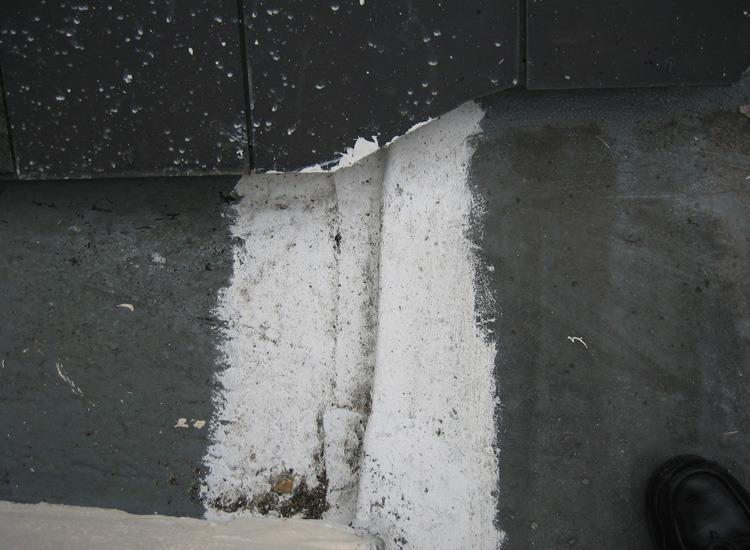Why gutters fail. The impact of thermal movement
In the UK, most industrial/commercial buildings have gutters fabricated from either galvanised steel, other metal, concrete, or occasionally timber and are typically jointed along the length at 3 metre intervals. Thermal movement and the associated freeze-thaw effect impacts on all of these types of fabrication as determined by the different thermal co-efficient of each type of material. Hence each material expands and contracts differently within the same ambient air temperature. Often the movement is not visible to the naked eye and occurs over a number of seasonal cycles when the surface gutter temperature can be significantly cooler or warmer than the ambient temperature.
The degree to which they move is called the co-efficient of thermal expansion and it cannot be stopped, only accommodated. The three key factors that need to be accommodated when determining the extent of the movement are the weight and gauge of the substrate material, the shape of the gutter profile and the distance between fixed points. Assuming that the gutter system has been properly designed and installed in the first instance, the most common causes of gutter failure associated with thermal movement are opening of the seams at the joints and fatigue cracks developing into stress breaks in the membrane.
Dealing with these issues one at a time:
Opening of joints

Once a joint has opened up it can be difficult to fix because of the build-up of dirt, debris and moisture around the opening. Even when a cover plate is fixed, it tends only to be a temporary fix as the underlying causes, namely thermal stresses, are still present in the design and hence will open again over time either in the same place or in another joint, or indeed at any other fixed point in the system design.
Fatigue cracks

Where a bonded liner is fixed, the elastomeric properties of the liner need to be sufficient to accommodate the thermal and associated freeze-thaw effect movement in the gutter substrate material, without stressing and cracks opening up, to prevent water ingress behind the liner. Typical repairs often include tape or mastics but these can only be considered temporary because if the system design can’t cope with the thermal stresses imposed it’s very unlikely that any tape or mastic will do so.
Plygene Gutterline refurbishment
Traditionally, the long term solution to these gutter leaks was full gutter replacement which proved not only costly but also disruptive to the building operation, especially when the roof had to be removed. It was from this growing market need to provide permanent refurbishment solutions to leaking gutter environments and the associated damage to the building fabric that Plygene Gutterline was created. Designed specifically as a seamless, non-bonded “gutter within a gutter” the system is engineered to flex independently from the gutter substrate and accommodate thermal movement. Plygene Gutterline is the only BBA approved, 25 year guaranteed gutter lining system designed to restore and preserve gutter performance.
Author:
HD Sharman
